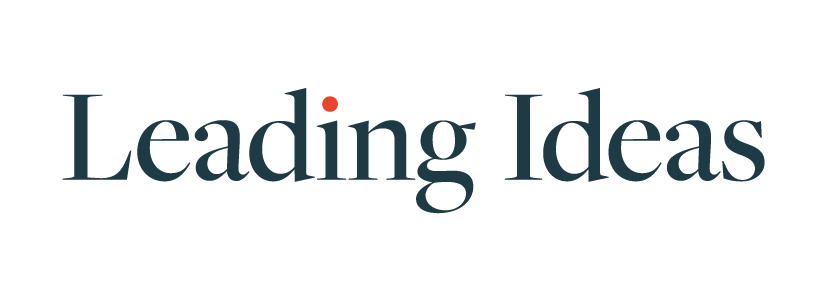Men talk, and women listen
Recently I ran a workshop helping arts organisations think about the digital experiences they might offer audiences. I asked them to get into small groups, then choose one example of a real project to work on.
This all seemed to be going well. But it dawned on me that in every group it was a man whose scenario was chosen, a man doing most of the talking. Two thirds of the people in the room were women, and this was an open conference, no obvious hierarchy. And in the arts, where ideas and imagination are currency, where people love to talk, and where women are in a majority.
What do you think was going on? Did the men simply take over, did the women automatically sit back, or was something more complex and deep seated at play?
What’s the underlying problem?
There’s a growing body of evidence that people make judgements and assess other people and situations on the basis of their own deeply held version of reality. It’s our cultural norms and environment that shape this reality, and decide which groups of people are credible, interesting, and so on. If you want to explore your own biases, the Harvard IAT tests are a good place to start.
So we’re creatures of habit. Familiar patterns of thinking and the routines we set may get us through the day to day quickly and efficiently, but at times these assumptions are limiting and detrimental. The Tonight programme recently surveyed perceptions of different accents. It's the Queen’s English that still 'reigns supreme’, and where a Newcastle accent rates high for friendliness and pretty low for intelligence, the impact on these Middlesbrough boys is truly shocking.
It’s not only those on the receiving end of negative perceptions who are disadvantaged by this fixed thinking. Research shows that, while there are short-term gains in working with people like you (you make sense to each other), in the long term groups of similarly-minded people are resistant to change, less likely to evolve and innovate successfully.
Diversity and openness to different perspectives is harder work initially, but supports creativity and innovation over time.
What options might we have?
So how might we manage these deep held beliefs? Exposing where stereotypes affect life and work , like this work the Geena Davis commissioned into the roles available to female actors, is a big step towards managing limiting assumptions.
And accepting that we’re human, we all have biases is critical. A piece of groundbreaking research in 2013 asked scientists to rate applicants for a lab manager post. Applications in a female name rated lower for competence and hireability, although the skills and experience demonstrated the same standard. Even more remarkably both male and female scientists rated the male applicants as more effective, and worth higher pay.
It makes it hard to challenge discrimination when it seems we are more than capable of discriminating against ourselves. We should pay attention to that. As this article on women in leadership demonstrates, those ingrained beliefs only serve to hold us back.
What are the tools for change? We can practice disconfirmation bias, building evidence that our view of the world may be nonsense ( challenging stereotypes: using context to explain situations; spending time getting to know different kinds of people). Or we could decide to become active bystanders – speaking up, questioning or disagreeing with limiting behaviours and attitudes.
That can be difficult. When I realised what was happening in my workshop, I didn’t act, and I regretted it. So I’m making a commitment – next time I will act. I’ll encourage the women to speak. Because the best tool we have to make change is to support and encourage each other.
Linda Cockburn

